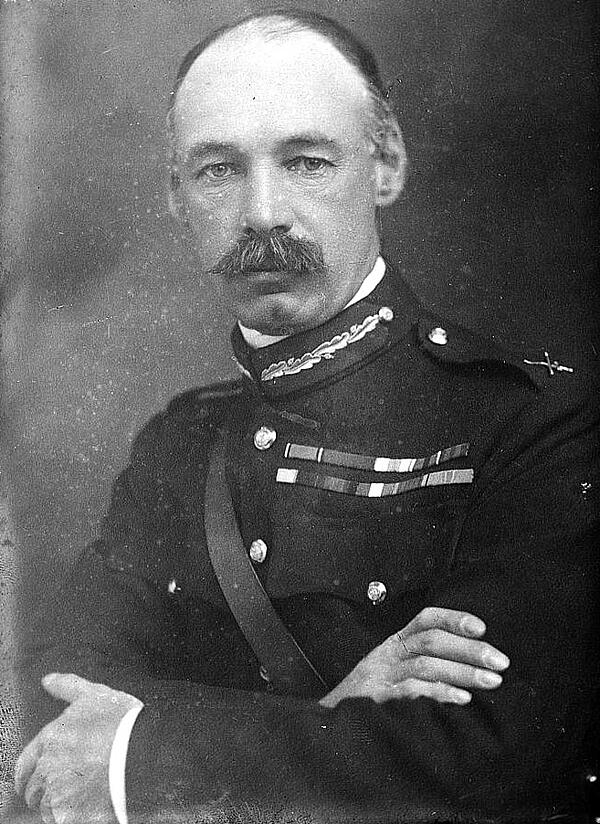Sir Henry Rawlinson
Sir Henry Rawlinson was born in Westminster, London 1894 to a diplomat father. He soon joined the British Army and served in India, the Sudan and the Second Boer War.
His experience and actions during his time in the army got him noticed by the senior officers; once World War One broke out, Rawlinson was given command of IV corps. Rawlinson’s unit was dispatched to Belgium to defend Antwerp and he was also sent to fight around Ypres.

Rawlinson’s successes in his position prompted senior military officials to appoint him as Lieutenant General of the Fourth Army in 1916. It was in the post that Rawlinson started to have an impact on the war, helping to plan the Battle of the Somme. Rawlinson first visited the fields where the battle would be fought and reconnoitred the land. He decided that, in order to assist the French at Verdun, the attack would distract the German lines at the Somme but would only use a limited infantry offensive.
However, this tactic was very different to that of Douglas Haig, who believed that British and French artillery would destroy the German lines, leaving the fields open for the infantry to simply walk across and secure success. Sadly, Haig’s plan was put into motion and resulted in the brutal deaths of hundreds of thousands of Allied troops.
Rawlinson went on to represent Great Britain on the Supreme War Council from February 1918 onwards, and also commanded his Fourth Army as it successfully broke throughGerman lines near Cambrai in August 1918.
Once the war was over, Rawlinson continued to make a mark on military offensives across Europe and beyond. In 1919, he was sent to Russia to command the Allied forces gathered to fight Lenin’s Bolshevik government. He was then sent to India to command the British force there. This was to be his final post, and he held it until his death in 1925.
MLA Citation/Reference
"Sir Henry Rawlinson". HistoryLearning.com. 2025. Web.
